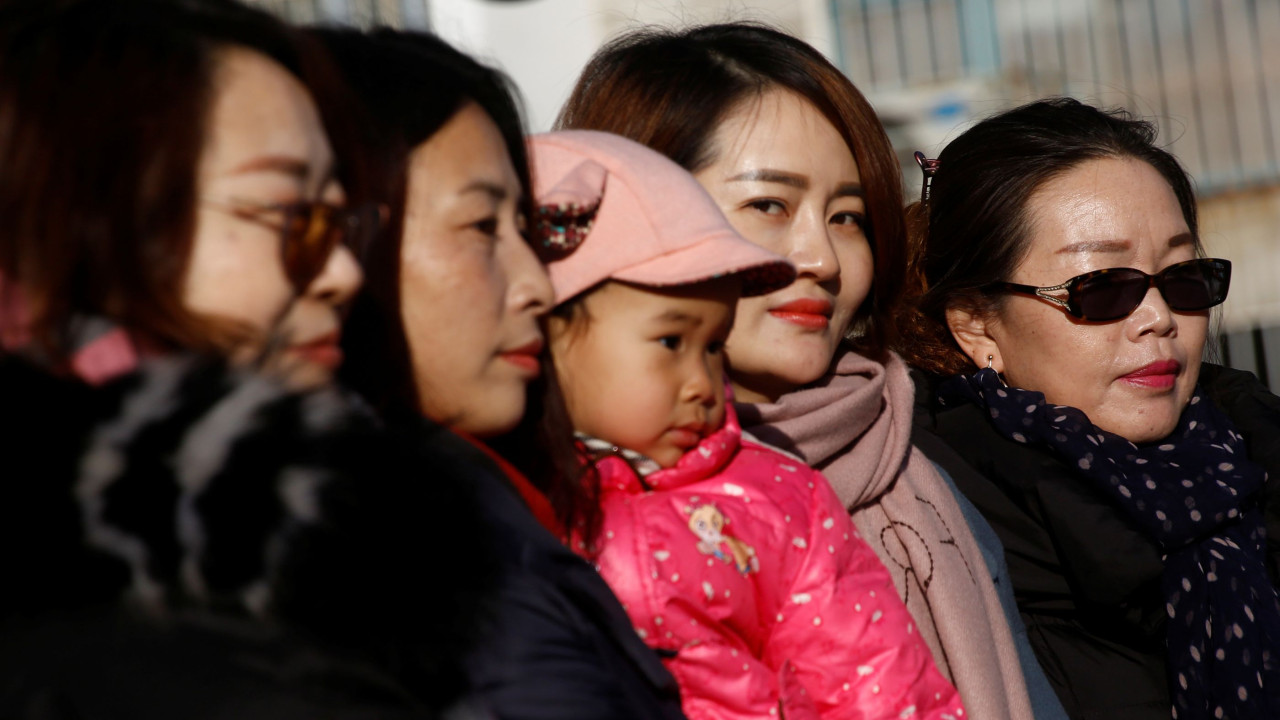
“A“Women are more aware,” explained Zhao Hua, a 28-year-old Chinese woman from Beijing, to the Lusa agency. “Gender inequality continues to be profound in China: men want a traditional family, in which the woman takes care of the children and household chores”, he added.
Several young Chinese women interviewed by Lusa highlighted this discrepancy in expectations, in a society that has modernized at a pace unparalleled in modern history. According to the World Bank, in 1980, only 19.4% of the Chinese population lived in urban areas. In 2023, the rate rose to around 66%.
Expectations about the role of women in society, however, remained.
“Many of my friends who got married and have children complain that they end up having to raise their children and their husband”, explained Yang Qian, a Chinese native from Hebei province, adjacent to Beijing, to Lusa.
“But women now have their own career and income and they don’t want to play that role,” he noted.
Another “important” reason is greater awareness of the physical strain caused by pregnancy and labor, a Chinese woman from Guangdong province, in southwest China, told Lusa. “With social media, women began to share more information about the impact of pregnancy. It is a topic of great importance”, she stressed.
According to official data, in 2023, the Chinese population decreased by two million people, the second consecutive annual drop, given the drop in births and increase in deaths, after the end of the ‘zero cases’ strategy of covid-19.
The number marks the second consecutive year of contraction, after the population fell by 850,000 in 2022, when it saw the first decline since 1961.
A declining and aging population is worrying Beijing as it deprives the country of working-age people needed to maintain economic momentum. The demographic crisis, which arrived earlier than expected, is already affecting the health and pensions system, observers highlighted.
China accelerated the problem with its one-child policy, which suppressed the birth rate, between 1980 and 2015.
“It was inevitable”, an official from a Chinese state body commented to Lusa about the end of that policy, alluding to the growing pressure on the country’s pension system, as a result of the rapid aging of society. “The question is who has the time and money to raise two children,” he added.
The end of the one-child policy resulted in a slight increase in the number of births in 2016, but, in the following years, the figures continued to fall.
The number of births in the Asian country fell from 17.86 million in 2016 to 9.02 million in 2023, a drop of more than 50%.
These demographic trends make China’s long-term economic prospects doubtful, Washington-based think tank the Peterson Institute for International Economics said in a report.
“To what extent is it credible to increase the consumption of Chinese families when the real number of consumers is decreasing by millions every year and the most intensive consumption group, newborns, is decreasing so quickly,” he asked.
“In the long term, the prospects of China surpassing the size of the United States economy must be discarded”, he stressed.
Read Also: China extends orange alert for snowstorms in the country

Download our free App.
Eighth consecutive year Consumer Choice for Online Press and elected product of the year 2024.
* Study by e Netsonda, Nov. and ten. 2023 product of the year – pt.com
Source: https://www.noticiasaominuto.com/mundo/2495048/chinesas-culpam-expetativas-tradicionais-pela-queda-da-natalidade



